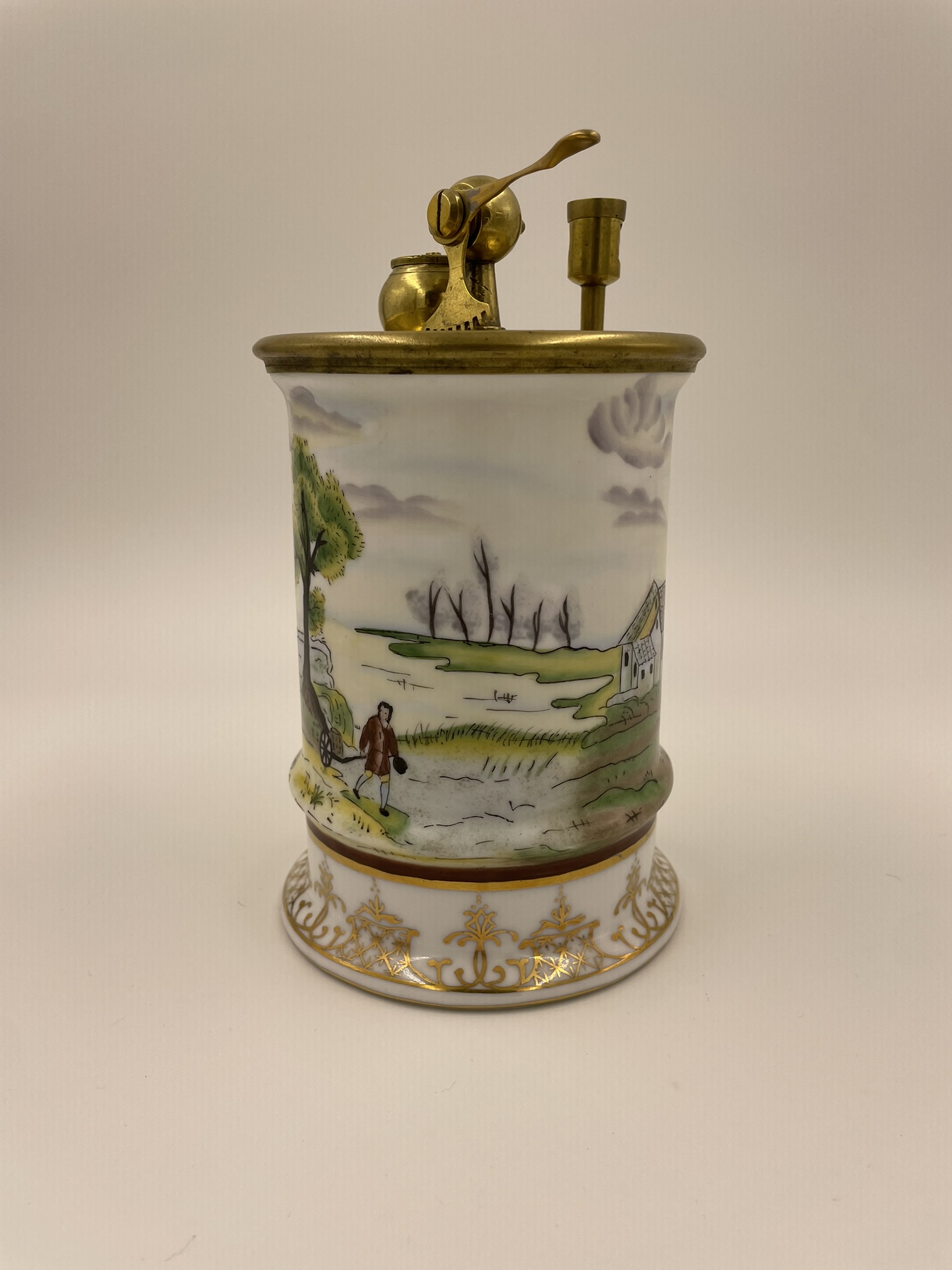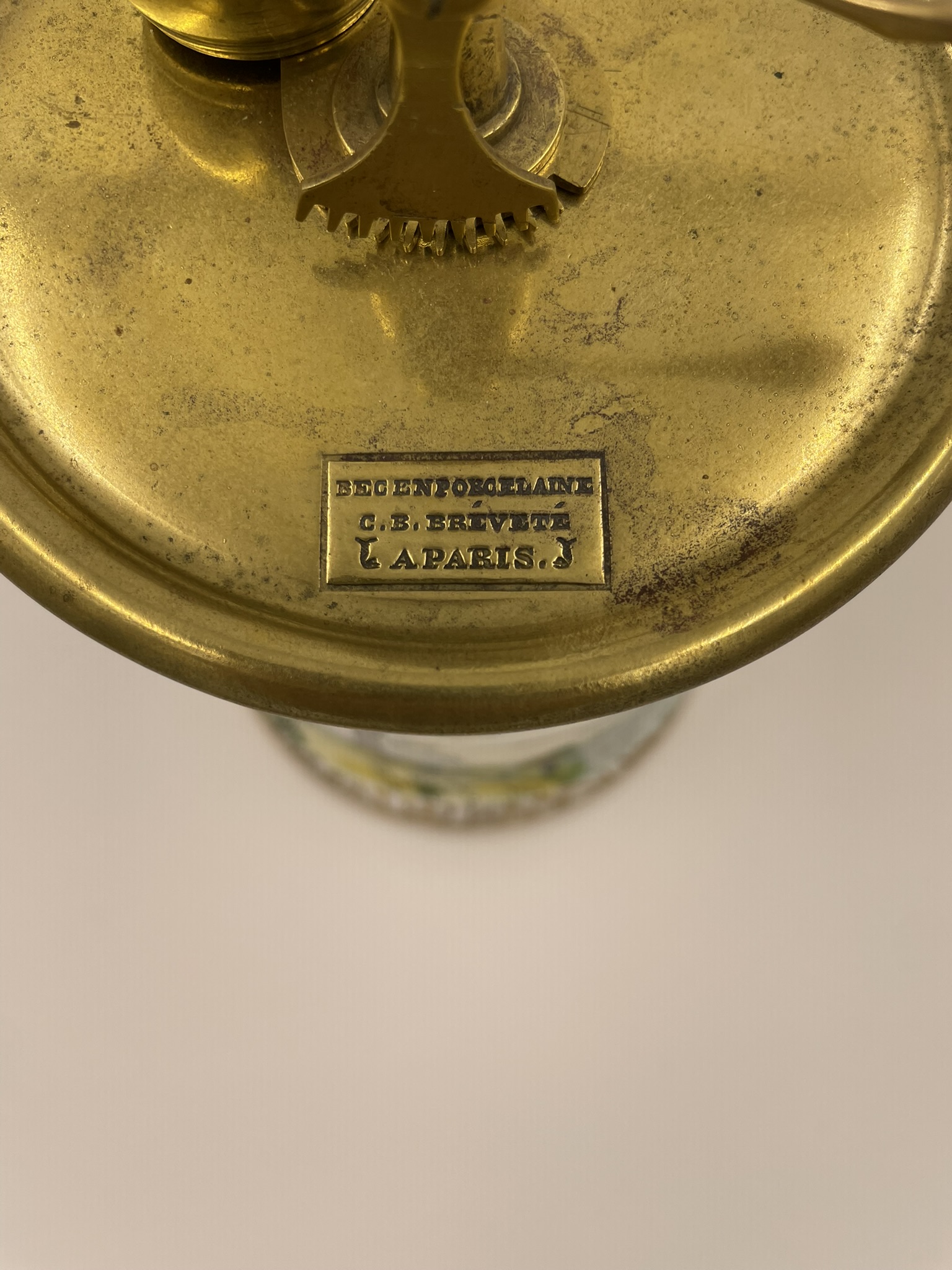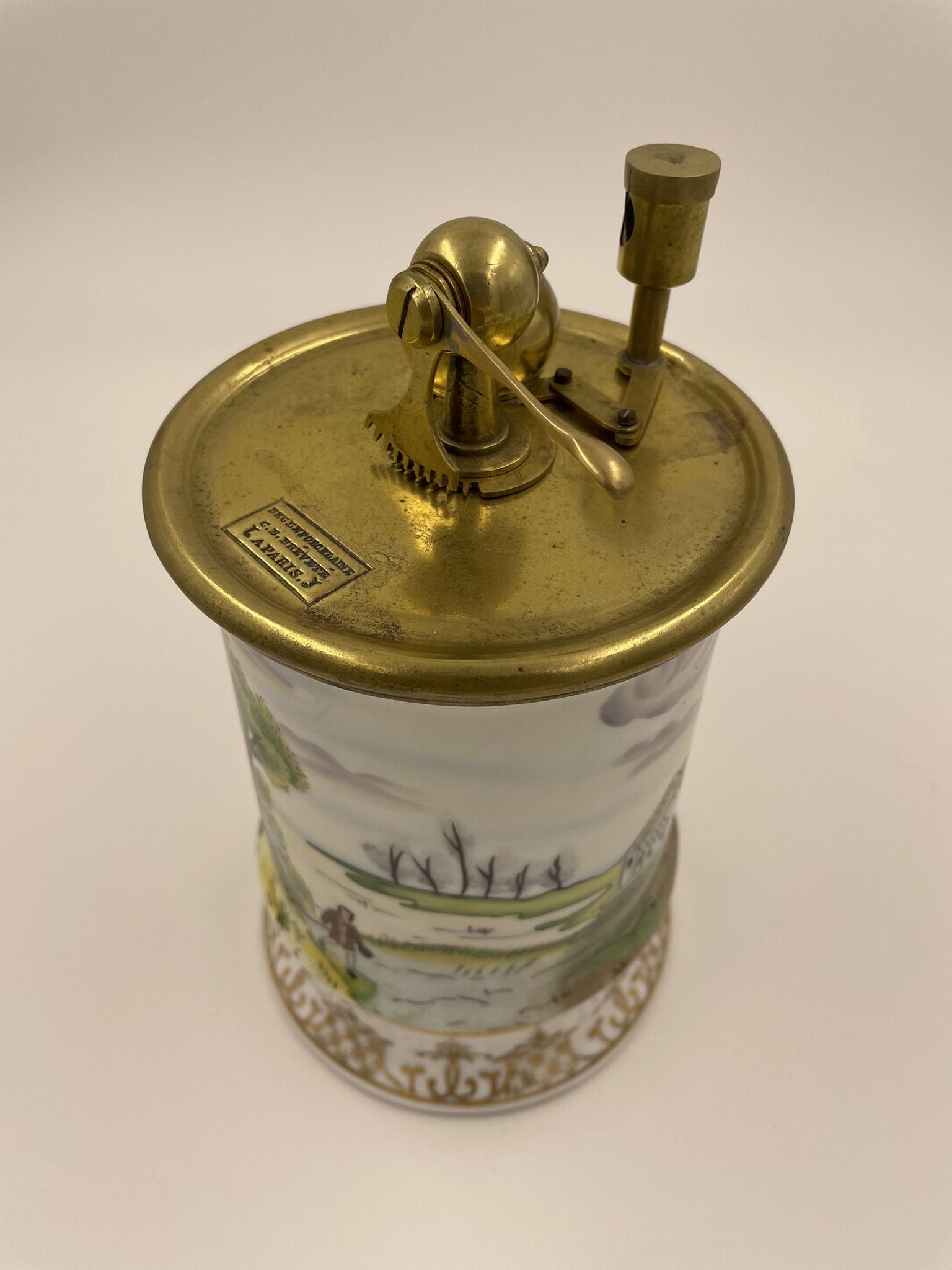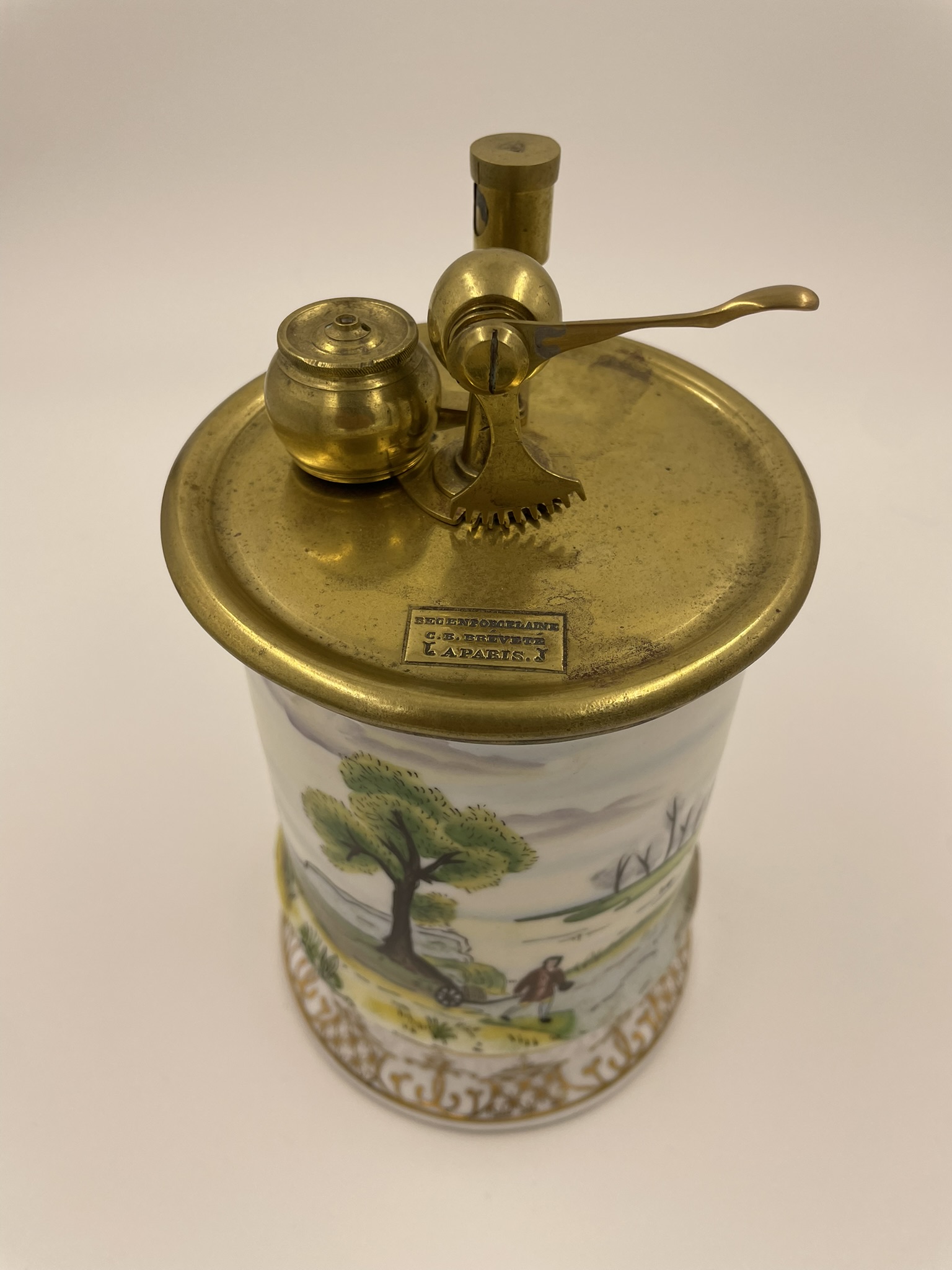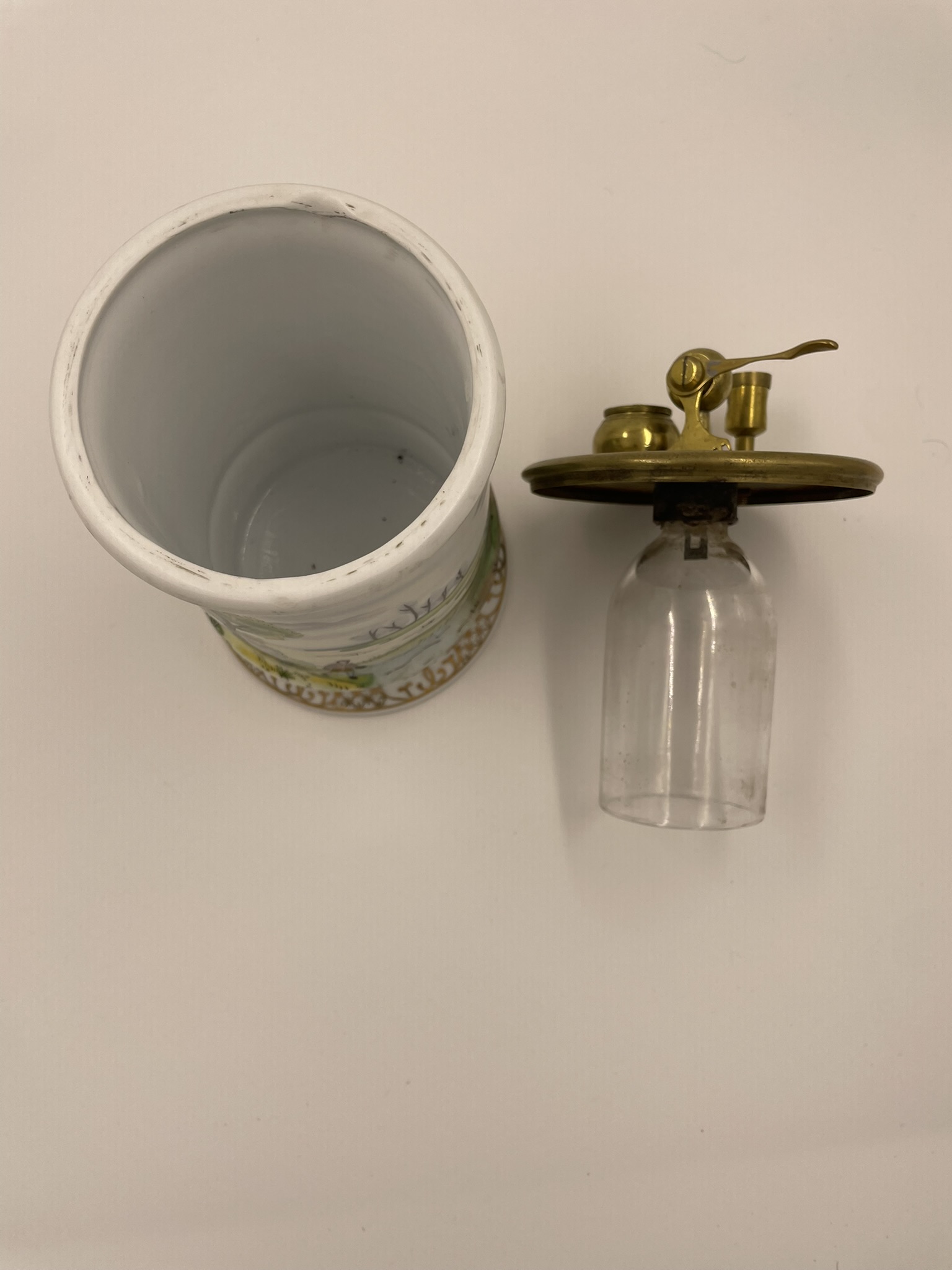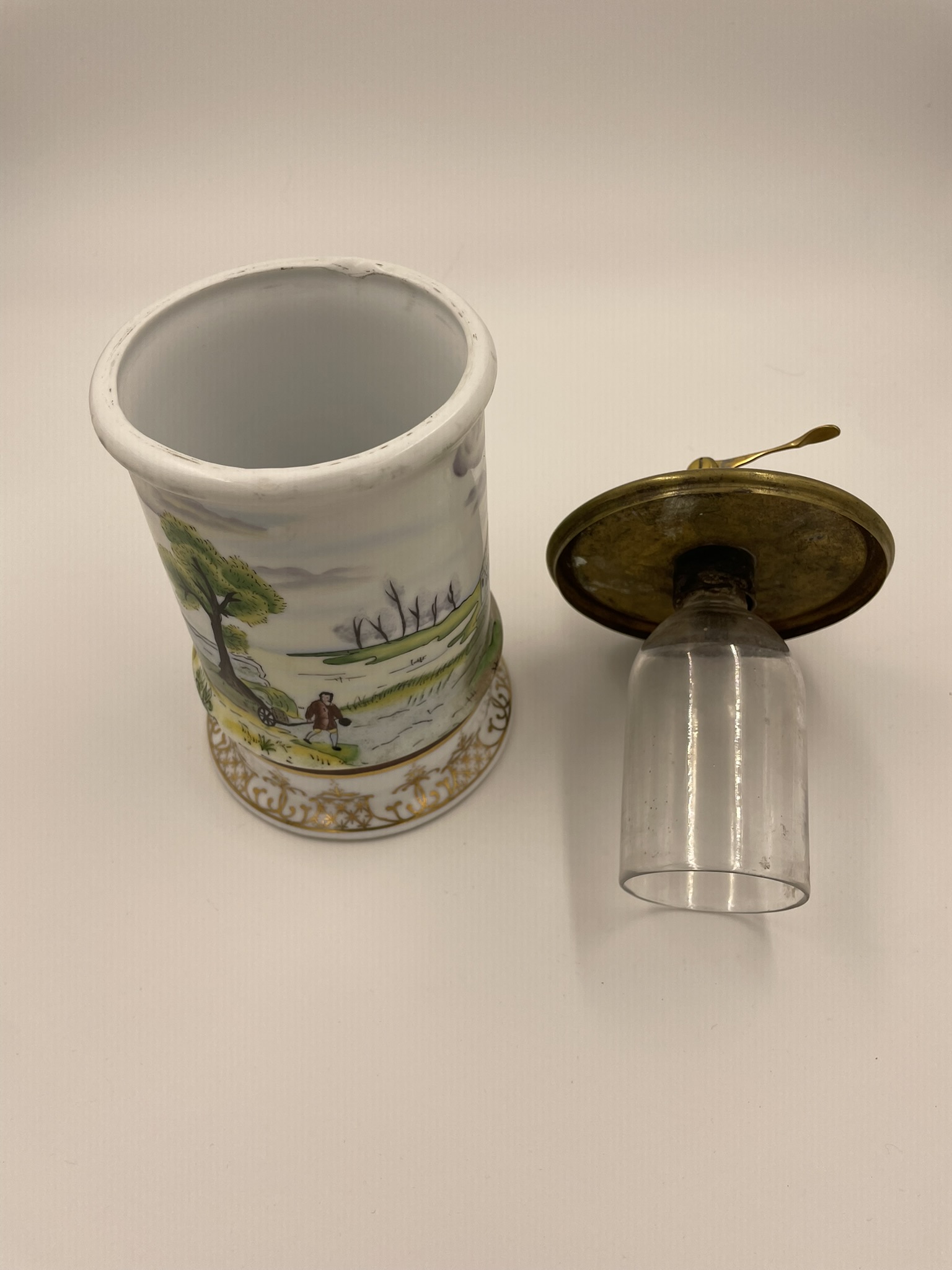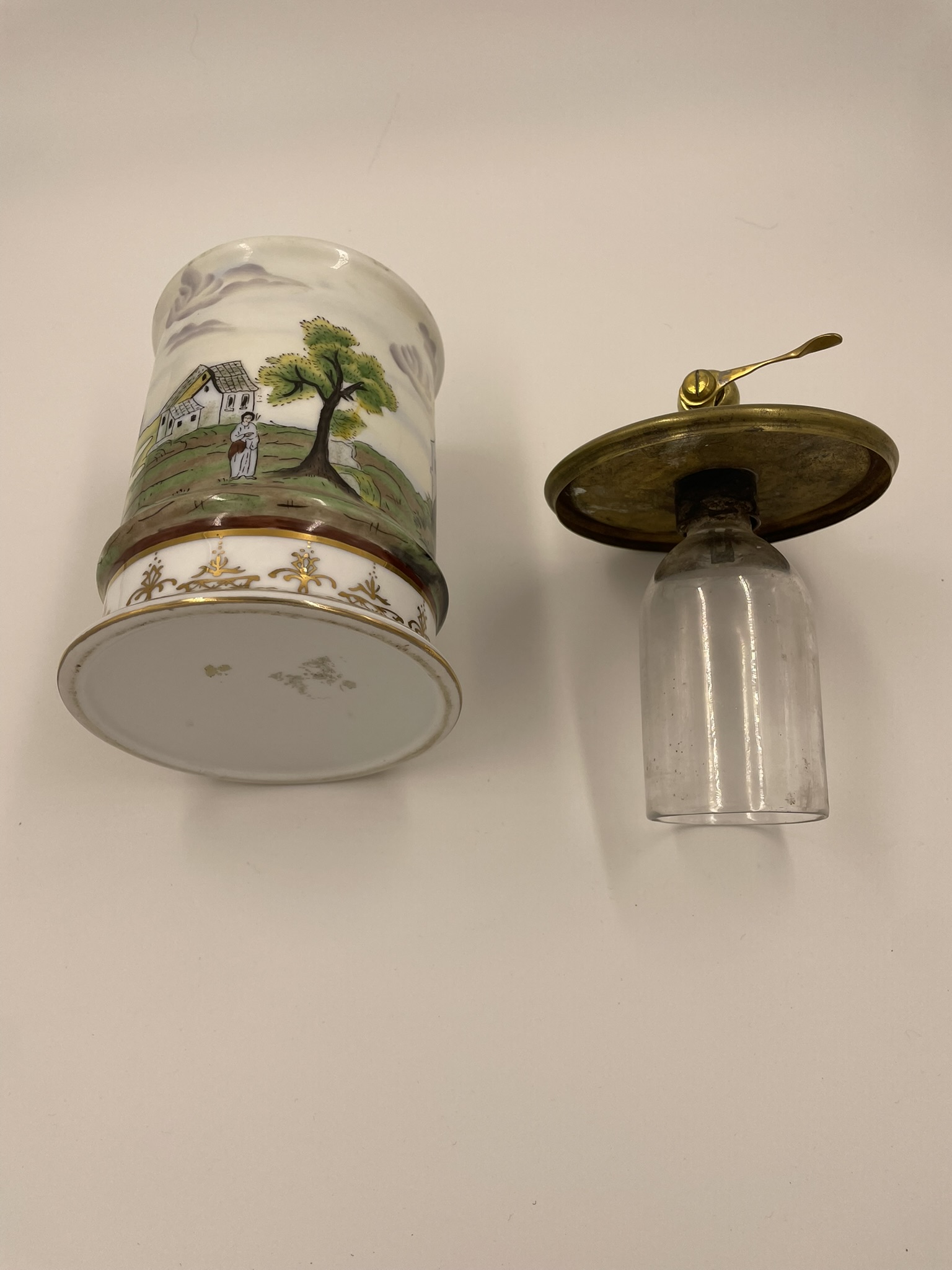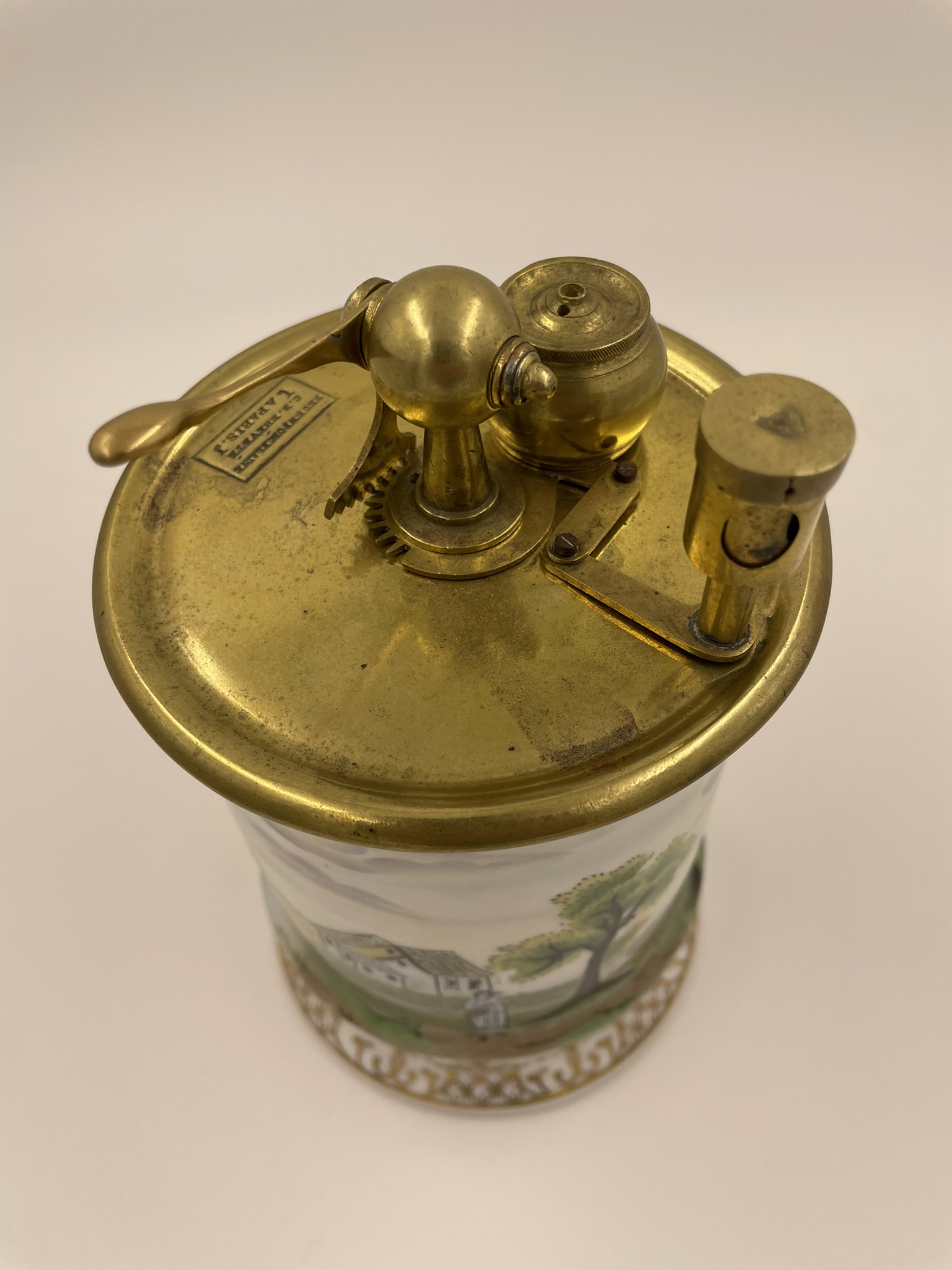Description
Offered for for sale is this rare Antique Dobereiner Lamp lighter c1830.
Brief (and Brilliantly Over engineered) history: Before the humble match was even a sparkle in a chemist’s eye, there was the Döbereiner lamp—because why strike a match when you can summon fire with the power of hydrogen gas and a bit of bravado? Invented in 1823 by German chemist Johann Wolfgang Döbereiner, this contraption was one of the world’s first lighters—predating friction matches by several years and outperforming them in drama by several centuries.
The science? Delightfully dangerous. A bit of zinc and sulfuric acid generated hydrogen, which passed over a platinum catalyst and ignited into a small but impressively theatrical flame. It was the preferred fire-starter for refined individuals who thought “setting things on fire” should come with a side of mad science.
Although eventually outpaced by less explosive options, the Döbereiner lamp remains a stunning tribute to an age when lighting a candle involved chemistry, craftsmanship, and just a dash of risk.
Perfect for collectors, conversation starters, or anyone who prefers their antique lighters with a whiff of genius and a whisper of danger.
This beautiful Dobereiner lamp lighter was manufactured in France. It has a makers stamp on the top brass plate – “Brevete A Paris” for the lighter device and “BecEnporcelaine” for the Porcelain jar.
Period: Georgian, 19th century.
Style: Georgian
Material: Brass top and lighter, glass device inside, ceramic jar
Height: 185mm
Width/diameter: 110mm
Condition: Very good / exceptional
Shipping and shipping costs: The listed price does not include shipping costs. Please contact us for shipping costs to your location. To ensure the item arrives safe and sound, we only use reputable couriers with tracking, insurance, and signature required.
Ask the Dealer
Dealer information
 Curiotiques
Curiotiques
I have been collecting Scientific and Medical antiques for more than 20 years. The rarity of the items ranges from "There are a few out there" to "Only found in museums".
After building and enjoying the collection, it's time to share the collection with the world...




